Direct current was discovered by Italian physicist Alessandro Volta, who invented the first chemical battery in 1799. However, electric current was not very well understood until Andre-Marie Ampere theorized that the carrier of electric current was a positively charged particle. In his theory, current flowed from a terminal with a surplus of positive charges to a terminal with a deficiency of positive charges.
Conventional Current Flow
That theory formed the basis of what is known today as conventional current flow. The logic behind it was that a surplus of positive charges at the positive terminal would travel to the charge deficient negative terminal. Therefore, conventional current is shown as flowing from the positive terminal to the negative terminal:
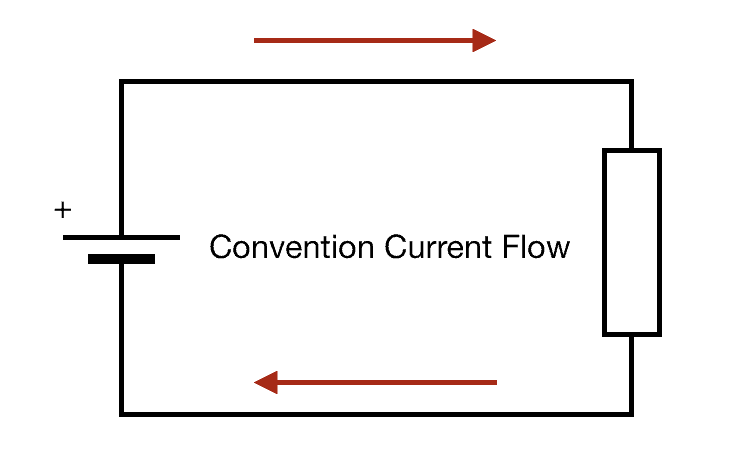
Electron Current Flow
While conventional current was used in the original definition of current flow, it was later discovered that the carrier of electric current is actually negatively charged. In the electron current flow model, a surplus of negative charges (electrons) at the negative terminal causes current to flow towards the electron deficient positive terminal:
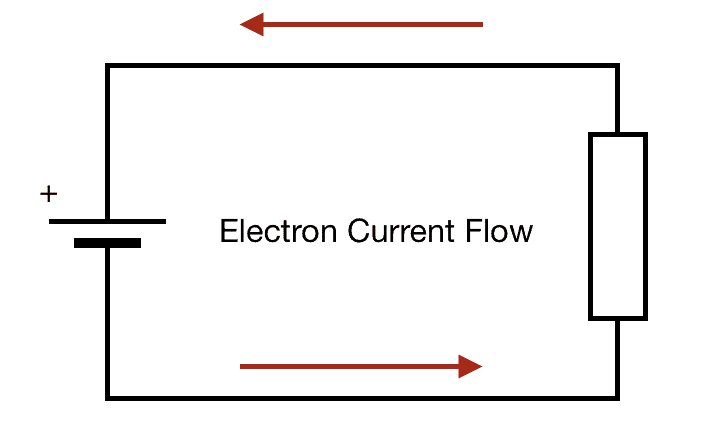
How to Calculate Current
Current is measured as the amount of charge that flows past a single point in certain amount of time. Named after the French physicist Andre-Marie Ampere, the SI unit for current is called an Ampere (A), or amp for short.
Current can be calculated following this equation:
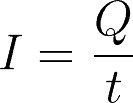
Where I is the current in Amperes, Q is the quantity of charge in Coulombs, and t is the time in seconds.
Therefore, 1 Ampere is defined as the flow of 1 Coulomb of charge per second.
Current is the Flow of Electrons
Electric current is defined as the rate of flow of electric charge. The charge is carried by electrons, so current can be thought of as the rate of flow of electrons. One electron has a charge of -1.602 × 10-19 Coulombs. The number is negative because electrons are negatively charged. This means that 1 Coulomb of charge has 6.2415 x 1018 electrons, and therefore 1 Ampere is the flow of 6.2415 x 1018 electrons per second.
Alternating Current
The current supplied to your home is most likely alternating current (AC). Municipal power grids will usually provide about 100 amps of alternating current to a typical home. To put that into perspective, a 60 watt light bulb pulls about 0.5 amps of current, while an air conditioner pulls about 15 amps.
We’re going to focus on direct current in this article, but if you want to learn more about alternating current check out our article on What is Alternating Current.
Direct Current
In simple terms, direct current refers to electric current flowing in only one direction. Alternating current refers to current flowing in both directions:
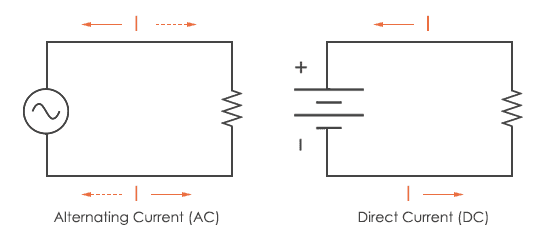
On a graph of voltage vs time, direct current would be a straight line:
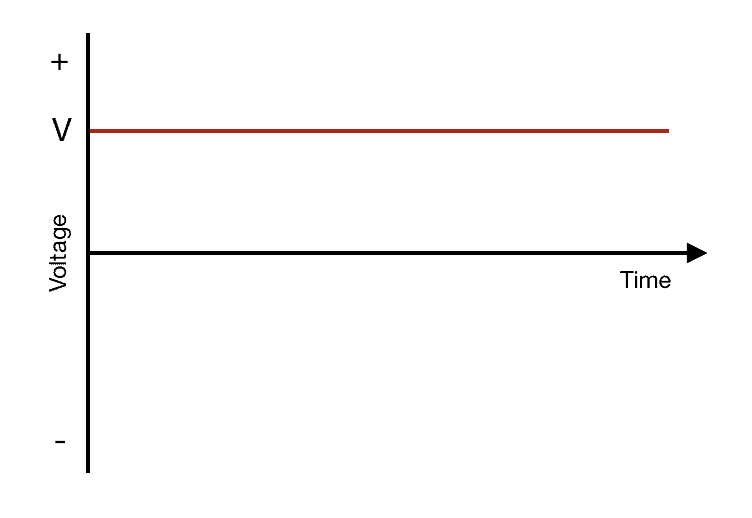
Direct current sources provide a constant voltage over time. Some examples of DC current sources include:
Anodes and Cathodes
By definition, an anode is the electrode through which current flows into a device. The cathode is the electrode through which current flows out of a device. There is a useful mnemonic called “ACID” to help remember this. ACID stands for “Anode Current Into Device”. This is important to keep in mind because it means that the anode and cathode on a battery changes depending on whether the battery is charging or discharging:
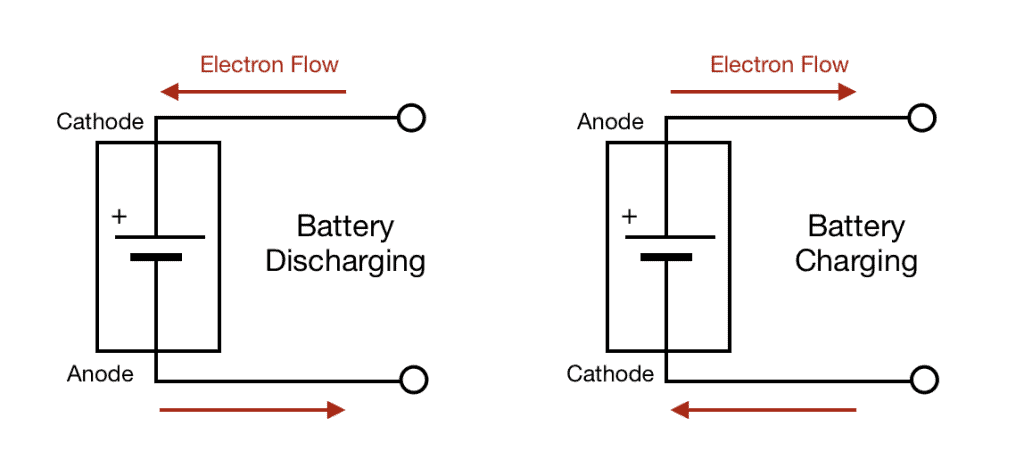
Hope you found this tutorial on direct current helpful! Feel free to leave a comment below if you have a question or comment about anything…


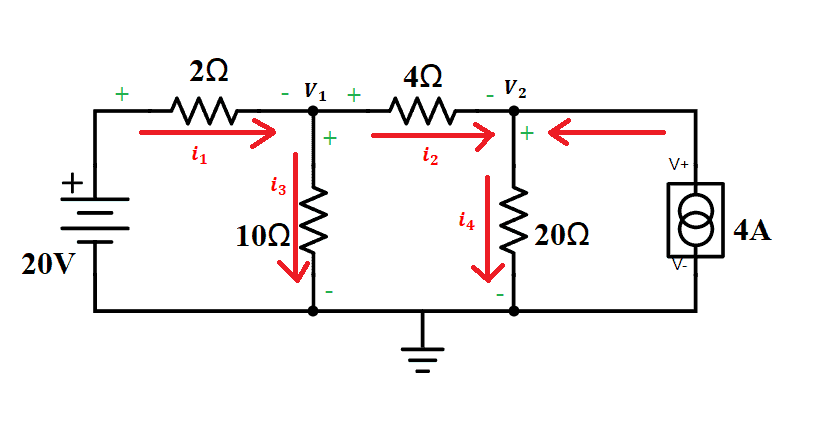
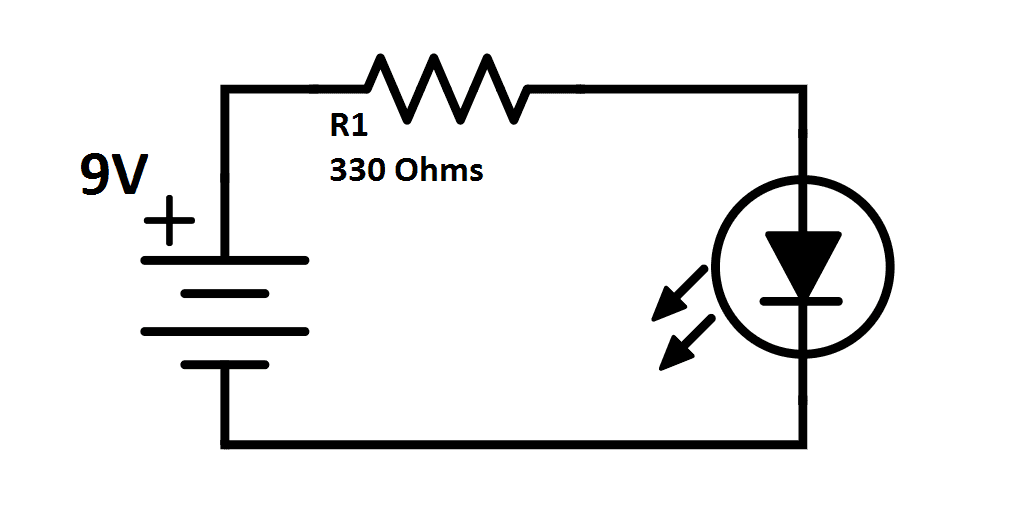
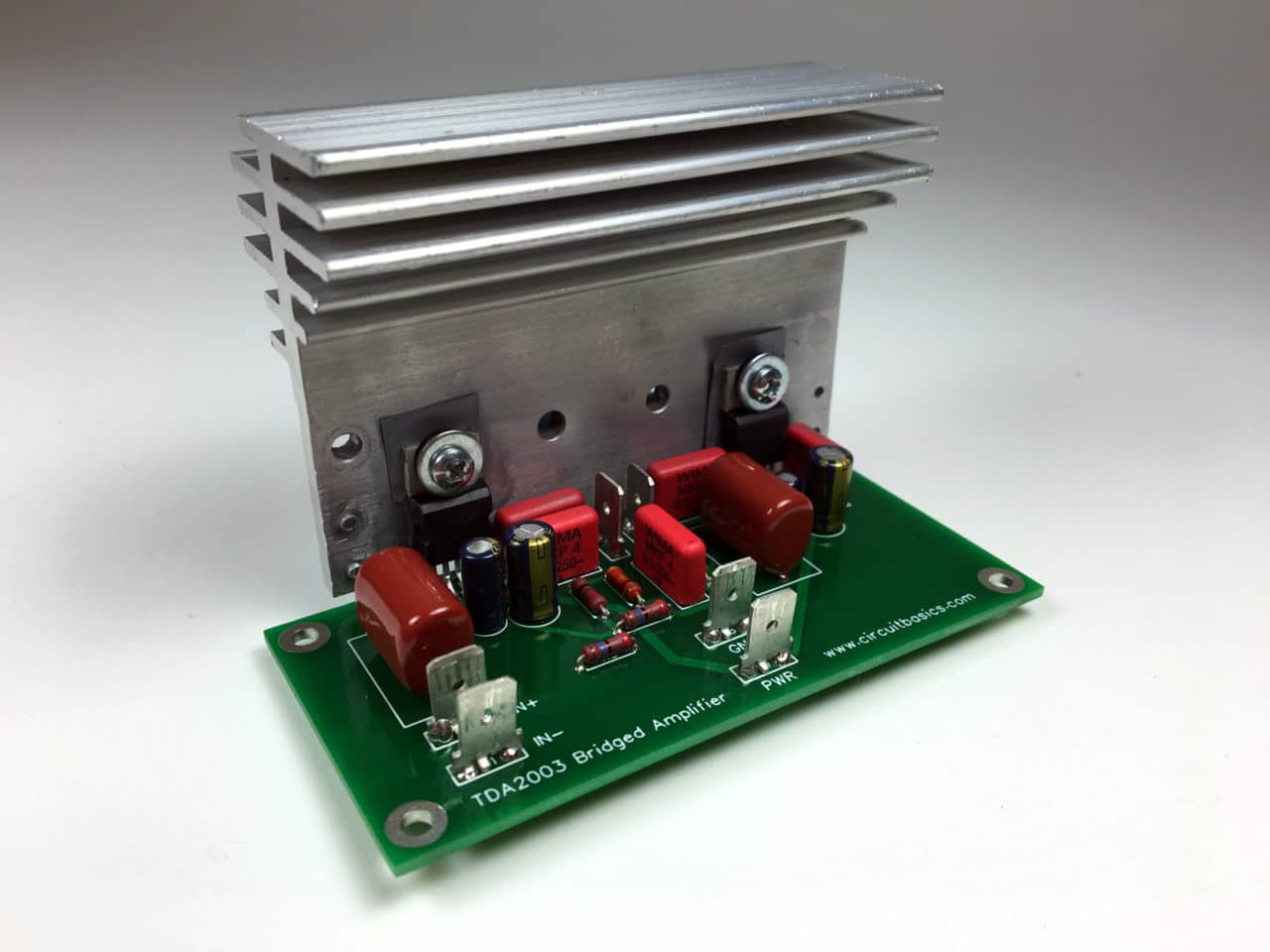
This is unwanted spam
Unsubscribe dude. It was free information to me :)
“voltage”(?) “current”(?) Peculiar. We have no idea of what these parameters are made of, or what they have that makes them do what they do. They same for “force”. Yet, we build a stair made out of air. “Has anybody seen the invisible arm of Jehovah?”
Rob, I think bob was referring to Jonathan’s post and given that it has no relevance to the content of the article, I agree it is SPAM. I found the article interesting, refreshing my knowledge of how current is derived.
Thank you for the clarification. Rob :)